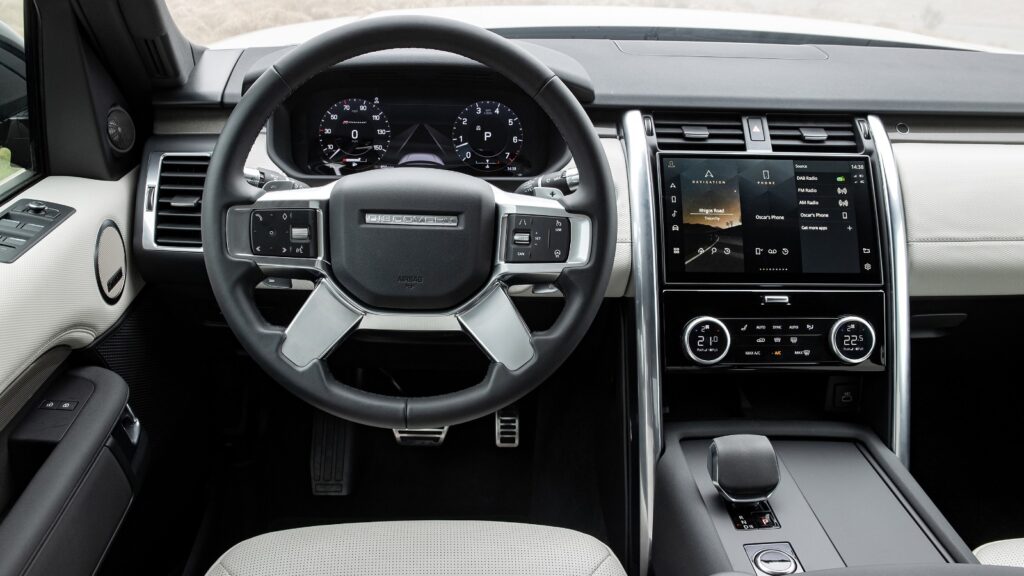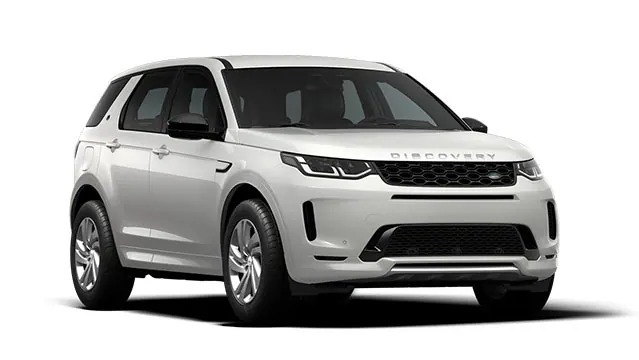I’ve always been fascinated by vehicles that can handle both rugged adventures and family road trips with ease, and the Land Rover Discovery fits that bill perfectly. Known as the “Disco” among enthusiasts, this SUV has been a staple in the Land Rover lineup since 1989, blending off-road prowess with luxury and practicality. Whether you’re eyeing the 2025 model or simply interested in its heritage, this guide explores everything about the Land Rover Discovery—its evolution, standout features and performance, interior, and what’s coming next. Let’s dive in and explore why this SUV continues to capture hearts after 36 years!
A Brief History of the Land Rover Discovery
The Land Rover Discovery made its debut in 1989 as a more affordable, family-oriented alternative to the premium Range Rover. It was the first new model series for Land Rover since the 1970 Range Rover, aiming to combine off-road capability with everyday usability. Over five generations, the Discovery has evolved from a utilitarian SUV with a boxy design to a sophisticated, luxury-focused vehicle that still retains its adventurous spirit. The first generation introduced features like the 2.5-liter 200 Tdi engine, while later models brought in advanced techs like Terrain Response and unibody construction. By 2017, the Discovery 5 ditched the traditional ladder-frame chassis for a lighter monocoque body, improving on-road manners while maintaining its off-road credentials. Today, it’s part of JLR’s “House of Brands” strategy, standing as its own sub-brand alongside Range Rover and Defender.
What’s New for the 2025 Land Rover Discovery?
The 2025 Land Rover Discovery (often referred to as the “Disco Six”) is set for a major overhaul, aligning with Land Rover’s Reimagine Strategy toward electrification. Reports suggest the 2025 model will introduce long-range plug-in hybrid (PHEV) and fully electric versions, with a Discovery EV expected to be one of six Land Rover EVs by 2026. Autocar indicates that the Discovery 6 might launch without a diesel option, a bold move reflecting the brand’s push for sustainability. The design retains the iconic asymmetrical rear license plate, a nod to its heritage, but expect a more upscale positioning, potentially placing it above the Defender in price. The 2024 Discovery Sport got an overhaul last year, so the focus is now on the full-size Discovery to bring fresh tech and efficiency to the lineup.
Performance and Engine Options
The 2025 Land Rover Discovery offers two main engine options to balance power and efficiency. The entry-level P300 model is powered by a 2.0-liter turbocharged four-cylinder engine that delivers 296 horsepower and 295 lb-ft of torque, enabling it to accelerate from 0 to 60 mph in an estimated 6.9 seconds, according to Land Rover. For more power, the P360 trims feature a 3.0-liter turbocharged inline-six with a 48-volt mild hybrid system, delivering 355 horsepower and 368 lb-ft of torque. This engine badged as the D350 for the Discovery’s 35th anniversary, offers 345 horsepower and 516 lb-ft of torque, achieving 0-60 mph in 5.9 seconds. Each engine is mated to an 8-speed automatic transmission and comes with all-wheel drive as standard.
Fuel economy for the six-cylinder model is EPA-estimated at 19 mpg combined (17 city/23 highway), with real-world tests showing around 21.7 mpg, comparable to rivals like the Audi Q7. While the Discovery isn’t the most agile on-road—its handling can feel top-heavy—it excels in straight-line stability and towing, with a capacity of up to 8,200 pounds, outclassing many midsize luxury SUVs. Posts on X also highlight older models like the 2017 Discovery HSE Luxury with a 2.0-liter turbodiesel (236 hp/500 Nm), showing the range of engines over the years.
Off-Road Capability: Ready for Any Adventure
The Land Rover Discovery is built for adventure, maintaining its reputation as one of the most off-road-capable SUVs in its class. It features full independent air suspension, allowing ride-height adjustments for better ground clearance off-road or improved handling at high speeds. The Terrain Response 2 system automatically adjusts the chassis and powertrain for conditions like mud, sand, or rocks, and can lock the center differential to send 100% power to either axle. With a wading depth of 900 mm—200 mm deeper than its predecessor—it can tackle deep water with ease, aided by Wade Sensing technology.
The Discovery’s Integrated Body Frame (IBF) combines a monocoque passenger compartment with a ladder-frame chassis for the drivetrain, offering a balance of strength and weight savings (83% aluminum construction reduces weight by up to 480 kg compared to older models). While it’s not as nimble as a Porsche Cayenne on-road, its off-road prowess is unmatched among family SUVs, making it ideal for those who need a vehicle that can handle both school runs and rugged trails.

Interior: Space, Luxury, and Technology
Step inside the Land Rover Discovery. It seats up to seven adults across three rows, with the second row offering fore-and-aft and recline adjustments for comfort. The third row is tight for adults but fine for kids, and accessing it can be a bit awkward. With all rear seats folded, cargo space expands to 74.3 cubic feet, fitting up to 29 carry-on suitcases, though this drops to just two with the third row up. Storage is generous, with big door pockets, a sizable underarm bin, and even a hidden cubby behind the climate panel.
The interior materials are top-notch, featuring premium leather seats with optional massage functions, and authentic wood, and metal accents. The 11.4-inch Pivi Pro infotainment system is a highlight, offering wireless Apple CarPlay, Android Auto, and a user-friendly interface compared to older systems. You’ll also find nine USB charging ports, an in-car 3G Wi-Fi hotspot, and an optional Meridian sound system for an immersive audio experience. While the controls can be a bit confusing at first, the overall ambiance is upscale and quiet, perfect for long journeys.
Safety Features for Peace of Mind
Safety is a priority in the Land Rover Discovery, with a suite of advanced driver-assistance features. Standard tech includes automatic emergency braking, lane keep assist, blind-spot assist, and a rear traffic monitor. A 3D surround camera enhances visibility, especially off-road, and adaptive cruise control is available on higher trims. The Discovery also features eight airbags and Active Roll Mitigation for added protection. While it excels in safety, some critics note that Land Rover’s reliability reputation isn’t the strongest, so maintenance might be something to consider. Still, these features ensure you can venture out with confidence, whether on highways or trails.
Conclusion: Is the Land Rover Discovery Right for You?
The Land Rover Discovery is a remarkable SUV that combines luxury, versatility, and off-road capability in a way few others can. Its 2025 iteration promises exciting updates like hybrid and electric options, making it a forward-thinking choice for eco-conscious adventurers. With powerful engines, a spacious and upscale interior, and unmatched off-road skills, it’s perfect for families who need a do-it-all vehicle—whether that’s towing a caravan, tackling muddy trails, or cruising through the city. However, its ponderous handling and reliability concerns might give some buyers pause, especially if on-road agility or low maintenance costs are priorities. If you’re ready for a vehicle that can take you anywhere in style, the Land Rover Discovery is worth a test drive. Visit your local Land Rover dealer to experience its magic firsthand!
